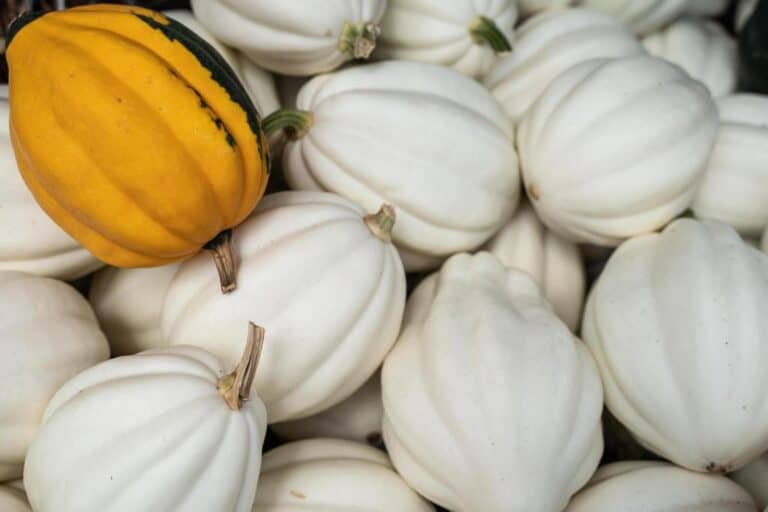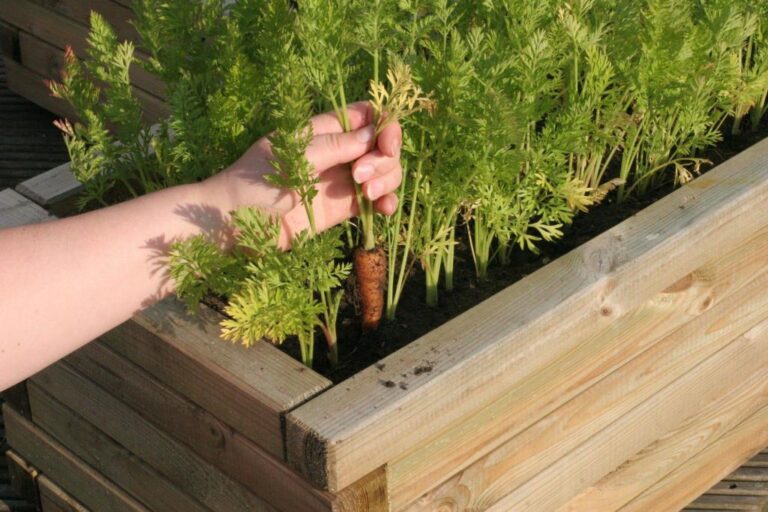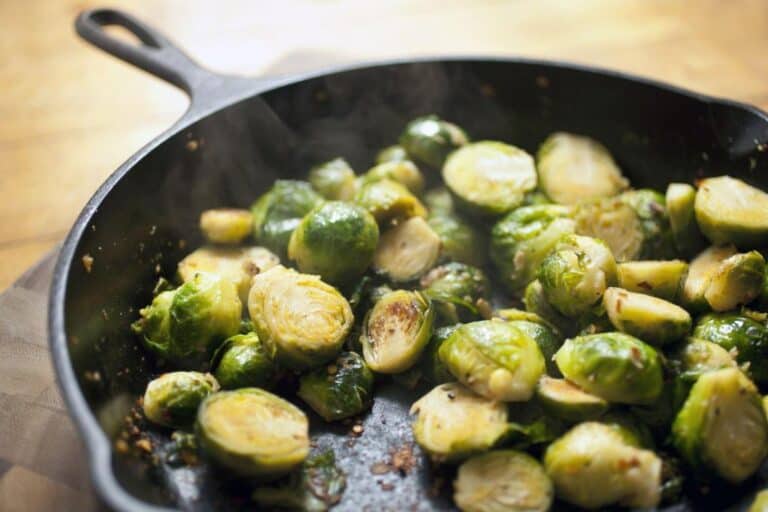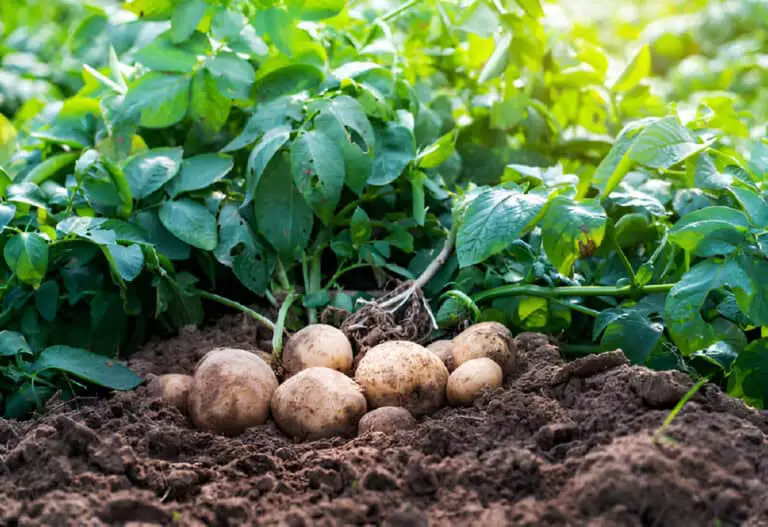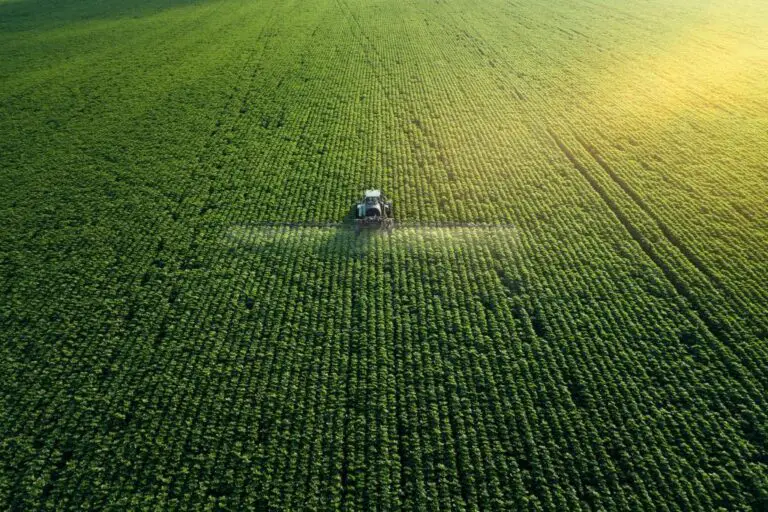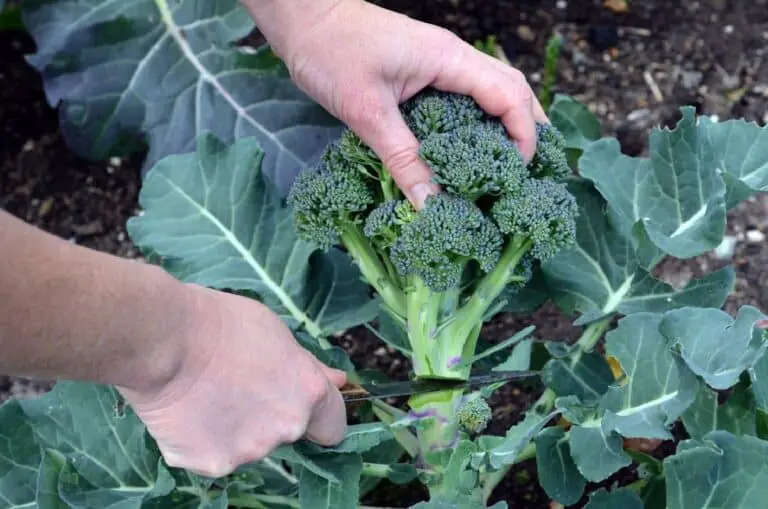Do Zucchini Flowers Close After Pollination? Science Explains
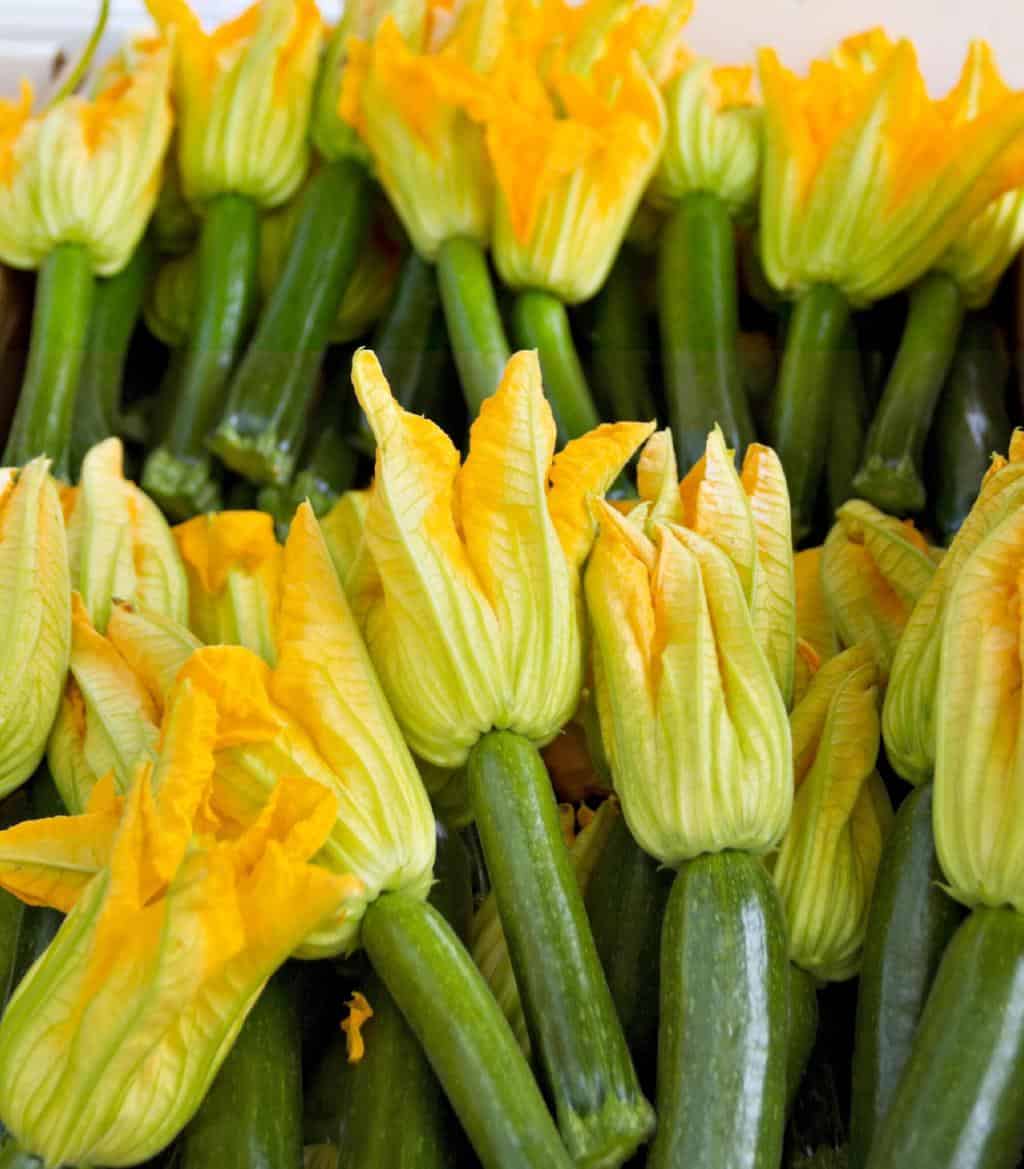
Zucchini is a beloved summer vegetable for many. It has a vibrant green color and versatile culinary applications. Gardeners eagerly tend to their zucchini plants. They may catch glimpses of the delicate yellow flowers that pepper the lush foliage. These blossoms play a crucial role in the reproductive process of zucchini plants. They eventually give rise to the bountiful harvests we enjoy throughout the season.
But have you ever wondered what happens to those beautiful flowers once they have been pollinated? It’s a common misconception that zucchini flowers immediately close up after receiving fertilization. This fertilization can come from insects or other natural pollinators. In fact, this notion has persisted among home gardeners and even some experts alike.
In this article, we delve into the fascinating behavior of zucchini flowers post-pollination. We uncover whether they really retreat into themselves after pollination. Prepare to be surprised as we explore fresh insights and challenge existing beliefs about these enchanting blooms.
Join us on this journey through the world of zucchinis and discover just how intricate nature can truly be.
Exploring Zucchini Flowers and Pollination
Zucchini flowers have a vibrant yellow color and delicate petals. They are pleasing to the eye. The flowers also play a crucial role in the reproduction of this popular summer squash. When it comes to zucchini flower behavior after pollination, there has been a common misconception that these blossoms close up for good once they have been fertilized. However, upon closer examination and research, it becomes evident that this is not entirely accurate.
Zucchini changes as the squash plant’s reproductive cycle progresses. These flowers continue to play an active role, albeit in a modified capacity, as the zucchini fruit begins to develop.
Research into zucchini flower behavior post-pollination elucidates the intricate mechanisms at play. The initial focus often rests on the moment of fertilization. Further examination reveals a dynamic process unfolding thereafter. Understanding this evolution sheds light on the resilience and adaptability of zucchini plants. They seek successful reproduction.
In essence, zucchini flowers represent nature’s beauty. They also show nature’s ingenuity in ensuring plant life continues. We gain a deeper appreciation for the intricate dance of pollination and growth that occurs within these vibrant blooms through careful observation and study.
Do Zucchini Flowers Close After Pollination?
After pollination occurs, zucchini flowers do undergo some changes in behavior, but closing up permanently is not one of them. In fact, these beautiful blooms continue to open daily as new flowers appear on the plant.
This phenomenon can be attributed to the dioecious nature of zucchinis. They have separate male and female flowers on different plants. This ensures continuous blossom production even after successful pollination.
Furthermore, studies have shown that zucchini flowers tend to remain open during daylight hours when bees are active and visit them more frequently for additional pollen collection. As evening approaches and temperatures drop, however, some flowers may partially close or exhibit slight wilting as a protective mechanism against potential damage from nocturnal insects or cool weather conditions.
However, these responses are temporary and driven by environmental factors. They are not an indication of permanent closure after pollination.
Dispelling Misconceptions
Clarify the notion that all zucchini flowers close after pollination.
Many gardeners and enthusiasts believe that once a zucchini flower has been pollinated, it will inevitably close up. However, this is not entirely accurate. While some zucchini flowers do close after being fertilized, it is not true for all of them. In fact, a significant number of zucchini flowers remain open even after successful pollination.
Why do people believe this misconception?
People who observed their own plants’ behavior noticed that all zucchini flowers close after pollination. When they saw closed blooms on their zucchinis, immediately following the development of small fruits in place of those blooms, they assumed there was a cause-and-effect relationship between closure and fruiting. This observation led many to conclude that closing is a natural reaction to successful fertilization.
Highlight common triggers for flower closure unrelated to pollination.
Certain environmental factors can trigger the closure of the petals on an unfertilized or unsuccessfully pollinated flower. For example, lack of sunlight or fluctuating temperatures. However, these conditions are separate from post-pollination responses.
Flower closure acts as adaptive protection against external threats when required due to harsh weather conditions like heavy rain or high winds. Furthermore, older flowers near the end of their lifespan may also close as part of their natural aging process. This is similar to wilting leaves on other plants.
There are various reasons why individual zucchini blossoms might close up during their growth cycle. It cannot be definitively stated that all closures indicate successful fertilization. Understanding these distinctions helps dispel the common misconception surrounding zucchini flower behavior after pollination.
| Read: Why Are My Zucchini Seeds Not Sprouting? |
Understanding Flower Physiology
a. Zucchini flowers, like many others, are reproductive structures. They have a specific structure and function before pollination. The flower is made up of both male and female components. The male part, called the zucchini flower stamen, consists of anthers. Anthers produce pollen grains containing sperm cells. On the other hand, the female part, called the pistil or carpel, comprises an ovary at its base, where fertilization occurs.
Before pollination happens, zucchini flowers typically open in the morning. They use their bright yellow color and delicate fragrance to attract potential pollinators. This opening allows easy access for insects such as bees or butterflies to visit and transfer pollen from one flower to another.
b. Pollen transfer in zucchini flowers can occur through insect visitation or human intervention when cultivating them for cross-pollination purposes. Insects play a crucial role in facilitating this process by landing on open zucchini flowers and collecting pollen grains from the anthers onto their bodies or specialized structures like hairs on their legs.
When these insects move to another zucchini flower, they may deposit some of the collected pollen on a sticky surface at the top of the pistil. They are seeking nectar or carrying out further foraging activities.
Alternatively, humans can also assist in transferring pollen manually if necessary by using tools such as small brushes or cotton swabs to collect pollen from one flower’s anther and deposit it onto another flower’s stigma directly.
Zucchini Post-Pollination Changes
Remembering Essential Purpose
After pollination, the primary purpose of zucchini flowers is to ensure successful fertilization. The behavior of closing or opening plays a crucial role in this process. When a flower closes, it protects the delicate female reproductive parts from excessive moisture. It also guards against potential damage from external factors such as rain or pests. By remaining closed, the flower creates a controlled environment for pollen tube growth and ensures that fertilization can occur undisturbed.
However, it’s important to note that not all closed flowers remain shut until they wither away. Some zucchini flowers actually have the ability to reopen under certain conditions.
This phenomenon can be observed when there is not enough viable pollen available during initial pollination. In such cases, the plant may attempt to attract more pollinators. It reopens previously closed flowers to increase its chances of successful fertilization.
Fruit Formation Process
Once successful pollination has taken place and fertilization has occurred within a zucchini flower, it undergoes a remarkable transformation into a fruit. During this phase, changes occur both within closed and open pollinated flowers.
In opened pollinated flowers, where successful fertilization has taken place early on due to effective cross-pollination or self-pollination mechanisms, visible changes begin immediately after pollination occurs. The ovaries start swelling and developing into young fruits as hormonal processes are triggered upon receipt of genetic material from male pollen grains.
Closed flowers that have undergone successful self-pollination will also initiate the fruit formation process. However, these initially closed blossoms still need time for their ovary tissues to swell before seed development takes place within them.
After pollination, these buds may appear dormant. However, they quickly transform into small baby fruits while shedding aging petals. During this time, they gather nutrients, disperse seeds, and prepare to grow. For gardening enthusiasts, the prior harvesting season provides valuable insights.
Practical Considerations for Gardeners
When observing and maximizing fruit production on zucchini plants, a few practical considerations can make a big difference. Firstly, it’s important to understand the importance of proper pollination. Zucchini plants have separate male and female flowers, with the females being the ones that produce fruits. To ensure successful pollination, you can manually transfer pollen from the male flowers to the female flowers. You can use a small brush or even your fingertip.
Another tip is to provide optimal growing conditions for your zucchini plants. They thrive in full sun and require well-drained soil rich in organic matter. It’s also beneficial to avoid overcrowding by giving each plant enough space for air circulation. This will prevent diseases like powdery mildew and encourage healthy growth.
In addition, regular watering is crucial for good fruit production in zucchini plants. Keep the soil consistently moist but not waterlogged as excessive moisture can lead to rotting of both flowers and fruits. Mulching around each plant can help retain moisture and suppress weed growth.
By considering these practical factors, you’ll be better equipped to observe and maximize fruit production in your zucchini garden. This will ensure a bountiful harvest of delicious squash throughout the season.
Conclusion
After a closer look at the behavior of zucchini flowers after pollination, it can be confidently stated that the misconception about these flowers closing up is largely unfounded. Throughout this article, we have explored various factors and studies that shed light on the truth behind this belief.
Firstly, we learned that zucchini flowers actually play a vital role in the reproductive process of these plants. After pollination, they remain open. This allows beneficial insects, like bees and butterflies, to access them. This open behavior ensures the continued transfer of pollen and promotes successful fruit development.
Furthermore, research has shown that zucchini flowers experience some changes after pollination. However, they don’t close up. The petals may start to wither or drop off as part of their natural lifecycle, which is perfectly normal for most flowering plants. However, this does not indicate any direct correlation between pollination and flower closure.
It’s important to dispel misconceptions about zucchini flowers. This will help home gardeners and enthusiasts better appreciate these amazing plants. By doing so, we can enhance our knowledge about botany. We can also cultivate healthy gardens bursting with flourishing zucchinis.

